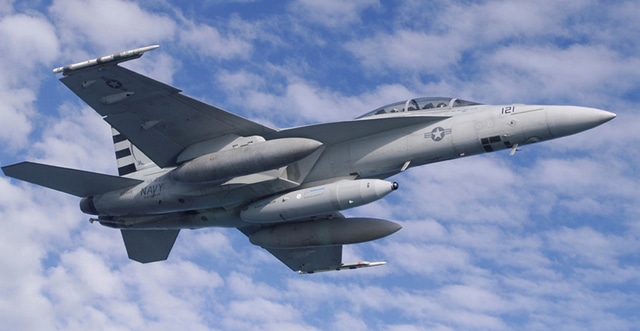Last week, Boeing announced by press release that a US Navy Super Hornet first flew with an IRST Block II pod. The aircraft is apparently one of the two test benches used for the development of the new variant of the Super Hornet, the Block III, which should obtain its initial operational capacity by the end of 2021. If the The first flight of external equipment may appear at first glance quite harmless, the operational integration of an IRST under a US Navy aircraft actually demonstrates a profound upheaval in the doctrine of air combat within the American forces.
IRST stands for Infrared Search and Track, is optronic equipment capable of performing infrared monitoring and therefore detecting heat produced by airplanes, ships, armored vehicles or buildings. Unlike radar, which emits waves and records their echo, IRSTs work passively, without any radioelectric or light emission. As long as a hunter operates with the radar off and in radio silence, the IRST can therefore detect planes without revealing its presence, even at distances of several tens of kilometers.
To understand


The rest of this article is for subscribers only
The Classic subscriptions provide access to
all articles without advertising, starting at € 1,99.
Newsletter subscription
Register for the Meta-Defense Newsletter to receive the
latest fashion articles daily or weekly

